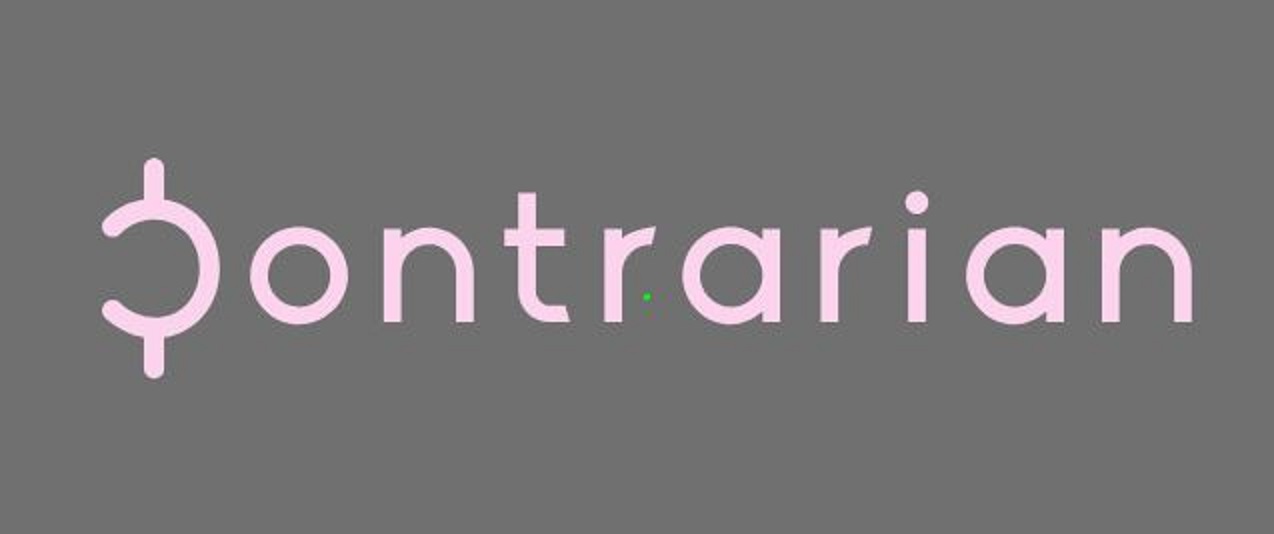Alex Chausovsky of ITR Economics discusses the metrics pointing to continued recovery from COVID
This transcript was made available immediately after the episode aired to premium subscribers. Become one here for just $8/month or $88/year, or $199 lifetime. These prices stand to increase Nov. 1.
Nathaniel E. Baker 0:00
Alex Chausovsky of ITR economics. Thank you so much for joining me Contrarian Investor Podcast. The topic of today is this economic recovery. And the current narrative, I would, if I dare to say that is kind of this point taken hold, is that this recovery is not really on very firm footing, that we’ve seen just recently in September. Now, some hiccups, especially from tech stocks, you hear a lot about how valuations are extremely rich, and potentially even overvalued, even in light of this last correction in the tech sector. And that, you know, again, maybe the US consumer will not return in full force, the jobs, especially an employment picture, is not a very firm footing. So that that I would say, it’s fair to say that that is at least one prevailing view that has taken hold here, as we record this on September 17. But you have your view is, is it goes against that, and you actually have reasons to be a little bit more optimistic about the economic recovery. So tell me about that.
Alex Chausovsky 1:19
Yeah, there’s, there’s a couple of different ways that you can look at this. And and I’m going to try to keep it fairly top level by first of all addressing the very real downside risks that still exist to the economy. We are obviously heading into the flu season, into the colder winter months, we have no way of knowing how the pandemic is going to behave when it combines with the flu season, whether or not we’re going to have a huge upswell in cases and in deaths and hospitalization rates. But basically, what we’re tracking on the COVID side right now is that the data is painting at relatively favorable picture, the case counts are down over the last six weeks, in some cases quite significantly. So if you look at kind of the mid July timeframe, we were averaging about 70,000 cases per day, we’re now averaging somewhere around the 35,000 mark. So it’s still a high number, but not nearly as scary as what was going on in the summer months. If we look at deaths, they have pulled back and again, not anywhere near the original swell that we had during that March, April May timeframe. So that’s encouraging. And really, when it comes to talking about the economic impact of the pandemic, what you have to understand is, it’s not the cases or the deaths, or the hospitalization rates that determine the impact. It’s how we react to those to that information. And what we’re seeing is that it is extremely unlikely at this point that we have the same kind of countrywide or statewide shutdowns that really kind of crippled the economy in the second half of the second quarter of the year. So our premise for the recovery to building momentum from this point on onward is assuming that we do not have the same kind of stay at home orders or sector wide shutdowns that we saw in early 2020. The other component that I think should be mentioned here as a risk factor is the absence of government stimulus, right, we had a large part of the green shoots of recovery, if you will, had to do with the direct payments that individuals they had to do with the additional unemployment benefits, and certainly the PPP program, providing what is essentially a liquidity bridge for both consumers and businesses to get past the chasms of the pandemic. Right. Right now, there is obviously squabbling going on on Capitol Hill, the democrats win support for state of the market.
Nathaniel E. Baker 3:33
Yeah, to put it mildly
